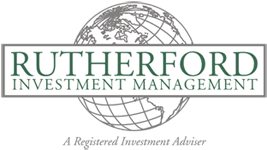November Was One To Remember | Opinion
Published December 8, 2023

The stock market responded with a robust rally, which broke a three-month losing streak. November lived up to its winning reputation, with monthly gains of nearly 8.8 percent for the Dow, 8.9 percent for the S&P 500 and 10.7 percent for the Nasdaq. Historically, November is the best month of the year for the stock market, and December is third, according to the Stock Trader’s Almanac.
The market was able to push higher, despite Federal Reserve Chairman Jerome Powell saying that talk of cutting interest rates is “premature” and that more hikes could still happen. Many equity and bond investors assumed the Fed was done with its tightening cycle now that inflation and job growth have shown signs of moderating. Both sectors rallied, pushing the 10-year Treasury to its lowest level in years.
Proof that the Fed’s battle with inflation is working came when the central bank’s key inflation gauge continued its downtrend. The core PCE (Personal Consumption Expenditures) price index, which excludes the food and energy sectors, in October rose 0.2 percent for the month and 3.5 percent year over year. Both gains were lower than estimates. Furthermore, the ADP National Employment report showed that private payrolls in November increased by 103,000 jobs, which was below economists’ expectations of 130,000 and below the 250,000 jobs generally thought necessary to replace […]
